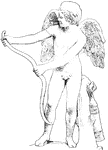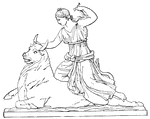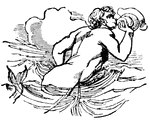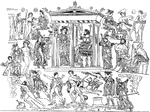Greek Mythology: E-G
21 illustrations from Greek mythology including: Endymion, Erato, Eros, Europa, Euterpe, Fates, Faunus, Fury Galatea, Ganymede, Giant, Glaucus, and Griffin

Fates
The three fates of Greek Mythology were three sisters who spun the thread of life named Clotho, Lachesis,…

Faunus
"Sylvanus and Faunus were Latin divinities, whose characteristics are so nearly the same as Pan that…

Ganymede
"Hebe was dismissed from her office in consequence of a fall which she met with one day when in attendance…
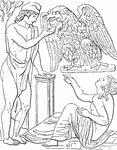
Ganymede and Eagle
"From an ancient sarcophagus, represents Ganymede giving drink to the eagle, or bird of Jobe, and Hebe…

Group of Gods and Goddesses
"The chief gods, in striking contrast with the monstrous divinities of the Oriental mythologies, had…
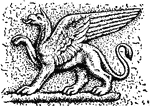
Griffin
"Griffin, from a Greek Sarcophagus. GRIFFIN. In mythology, an imaginary animal supposed to be generated…
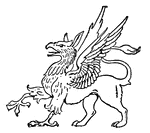
Griffin
In heraldry, the griffin is a fabulous animal, with the head and forefeet of an eagle, and the body,…

Gryphon
"The griffin is a monster with the body of a lion, the head and wings of an eagle, and back covered…



